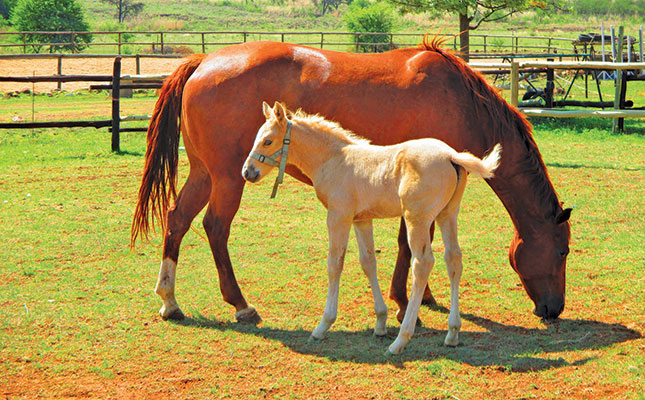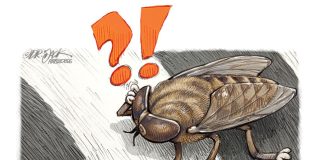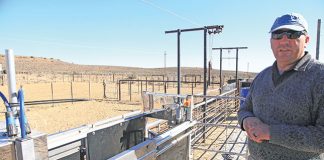
Photo: Dr Mac
Rapidly growing Thoroughbred and Warmblood foals, as well as foals of other breeds, can suffer from a bone disease called epiphysitis.
This usually occurs at about five or six months of age, when they are starting to graze and share their dam’s concentrate rations. The joints, particularly the fetlocks, become swollen.
The condition is generally not very painful, and foals do not present with lameness.
However, epiphysitis is caused by compression of the growth plates in the rapidly growing long bones, which initially results in inflammation, but can lead to alterations in the growth of the bones, with lasting damage, if no action is taken.
Affected foals show a hard swelling on the inside of the fetlock at the level of the growth plate at the end of the cannon bone. In the knee joint, the growth plate above the joint is mainly affected. Sometimes the hocks can also be affected. Characteristically, the joint itself does not swell.
Epiphysitis should be differentiated from osteochonditis dessicans (OCD), which also occurs in rapidly growing foals in larger horse breeds. The main clinical difference is that OCD affects the cartilage, and the joints are swollen and painful.
Causes
Because epiphysitis occurs more frequently in rapidly growing foals, there may be a genetic predisposition. In a herd of broodmares and foals on the same diet, only one or two foals may show signs of the disease.
It has also been suggested that mares producing a large amount of very rich milk, for instance embryo recipients from draft breeds, are more likely to have foals that develop epiphysitis.
High levels of protein or carbohydrate in their diets, coupled with an imbalance of minerals, are also implicated. Epiphysitis is more common when mares and foals are grazing on kikuyu grass, as the oxalate prevents uptake of the calcium needed for bone development.
Homemade horse rations are also implicated, as they are seldom correctly balanced and are usually too high in carbohydrates and deficient in the minerals required for rapidly growing foals.
Heavy parasite levels can also contribute to imbalanced mineral uptake.
Treatment
Most veterinarians can diagnose epiphysitis during clinical examination. In rapidly growing foals on imbalanced diets, more than one condition of the bones and joints may be present at the same time, and X-rays may be required to confirm the level and type of lesions in the joints.
It is important to restrict the exercise of an affected foal for two to three months. Deep bedding and stable rest are indicated, and weaning may be a good idea if the mare’s milk is too rich and plentiful.
If the mare is not producing excessive rich milk, the foal should be separated from its dam only at feeding time and given a balanced, low- carbohydrate and low-protein diet with sufficient minerals.
Avoid kikuyu grazing and lucerne hay. Smuts finger, teff, white buffalo grass or rooigras hay are recommended. Also be sure to deworm the foal. Your veterinarian may inject or prescribe an anti-inflammatory.
Should the foal be showing symptoms of pain, rub horse liniment over the joints to reduce inflammation. Look at your breeding programme to determine if foals with epiphysitis trace back to the same mare or stallion lines.
Dr Mac is an academic, a practising equine veterinarian and a stud owner.











